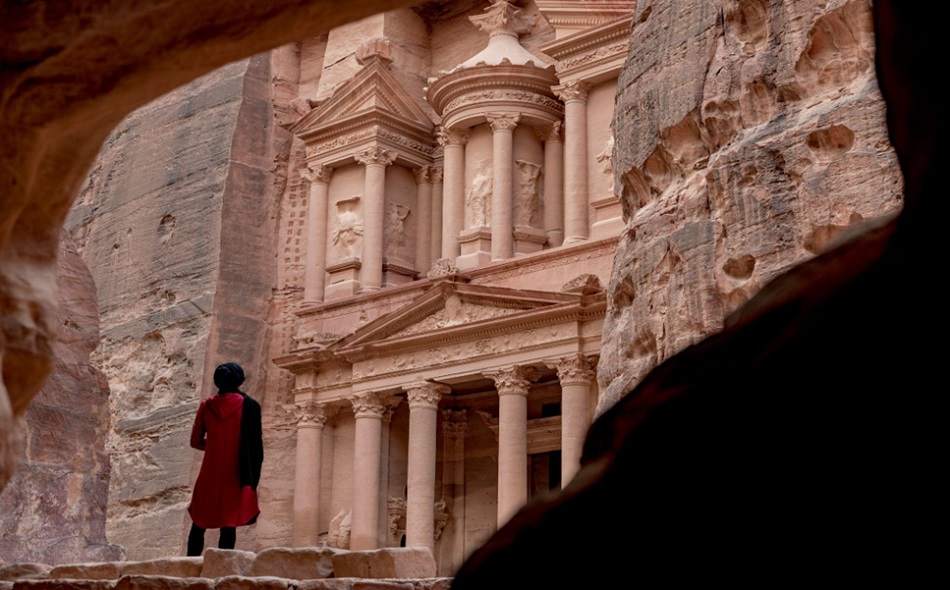Petra, the ancient Nabatean city carved into the rose-red cliffs of southern Jordan, has long captivated the imagination of travellers worldwide. Known for its iconic Treasury and Monastery, Petra holds secrets far beyond these famous facades. A well-planned petra tour with a local guide is bound to reveal the treasure of hidden gems, each with a unique story to tell.
Embarking on a Petra tour, one quickly realises that there’s more to this UNESCO World Heritage site than meets the eye. While the majestic Treasury, or Al-Khazneh, and the imposing Monastery are the most photographed and visited landmarks, the city’s true essence lies hidden in its less traversed paths. These hidden corners of Petra offer a more intimate glimpse into the daily life and ingenuity of the ancient Nabateans.
High Place of Sacrifice
One such secret is the High Place of Sacrifice. This sacred altar, perched atop a mountain, offers not only a spiritual insight into the Nabatean culture but also stunning panoramic views of the entire city. The climb to the High Place is a journey in itself, flanked by ancient rock carvings and natural beauty. It’s a spot often overlooked by the typical Petra tour, yet it provides an unparalleled understanding of the city’s religious practices.
Garden Tomb complex
Another hidden gem is the Garden Tomb complex. Nestled away from the main thoroughfare, this area showcases a fascinating blend of Nabatean and Roman architectural styles. The Garden Tomb, along with the adjacent triclinium, offers a serene escape from the more crowded areas of Petra. It’s here that one can truly appreciate the artistic and architectural prowess of the Nabateans in peace.
Royal Tombs
The Royal Tombs, a series of grandiose burial chambers, are often overshadowed by the more famous structures. Yet, they are among Petra’s most architecturally diverse attractions. Each tomb, with its unique facade, tells a different story about the city’s rulers and their influences. The Urn Tomb, with its massive courtyard and intricate interiors, is particularly noteworthy.
Beyond these architectural marvels, the natural landscape of Petra holds its own allure. Wadi Farasa, lesser known among Petra’s valleys, is a testament to the Nabatean mastery of water engineering. This area, with its lush vegetation, water channels, and hidden cisterns, highlights the ingenuity of a civilisation that thrived in an arid environment.
For those eager to dive deeper into Petra’s history, a local guide can offer invaluable insights. These guides, often residents of the nearby Bedouin villages, provide not just historical information but also personal anecdotes and cultural context. They bring to life the stories of the city, from its rise as a trade hub to its gradual decline. Their narratives enrich the Petra tour experience, allowing visitors to connect more deeply with the site’s past and present.
In conclusion, Petra is more than just its headline monuments. Its true magic lies in the hidden corners and lesser-known trails that weave through the ancient city. Each path in Petra tells a different story, each structure holds a different mystery, and it is in these less-explored areas that one can truly uncover the city’s lesser-known secrets. A Petra tour that ventures off the beaten path, guided by local knowledge, is an unforgettable journey into the heart of one of the world’s most fascinating archaeological treasures.



